Irvine, Calif., Jan. 31, 2024 — Researchers at the University of California, Irvine and Los Alamos National Laboratory, publishing in the latest issue of Nature Communications, describe the discovery of a new method that transforms everyday materials like glass into materials scientists can use to make quantum computers.
Tag: Quantum Computers
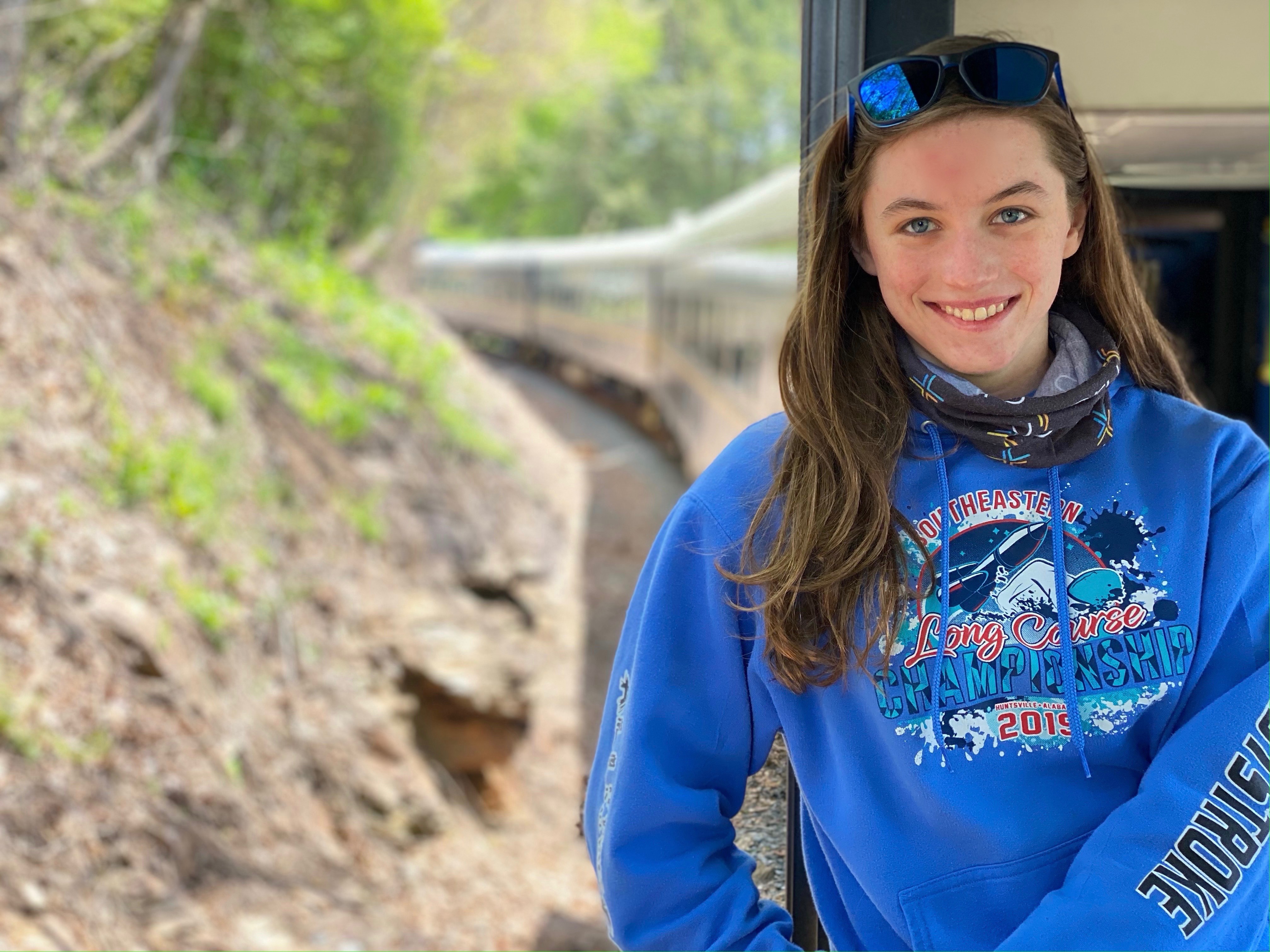
2023 grad Ella James to continue physics studies at UAH with National Defense and Science and Engineering Fellowship
Ella James, who received a Bachelor of Science in physics from The University of Alabama in Huntsville (UAH) in spring 2023, has been awarded a National Defense and Science and Engineering (NDSEG) Fellowship, which she will use for graduate studies at UAH, a part of the University of Alabama System. “It’s three years of tuition for graduate school,” James says.
Quantum Error Correction Moves Beyond Breakeven
Quantum systems decohere due to unwanted interactions with their environment. Correcting for the effects of decoherence is a major challenge for quantum information systems. Previous error correction methods have not kept up with decoherence.
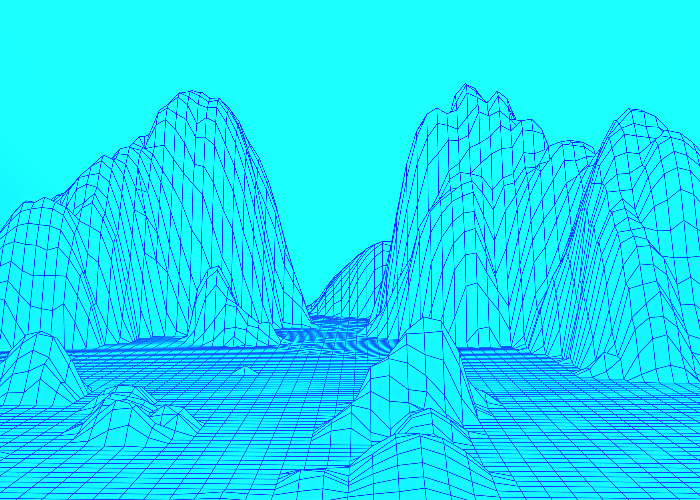
Breakthrough boosts quantum AI
A groundbreaking theoretical proof shows that a technique called overparametrization enhances performance in quantum machine learning for applications that stymie classical computers.
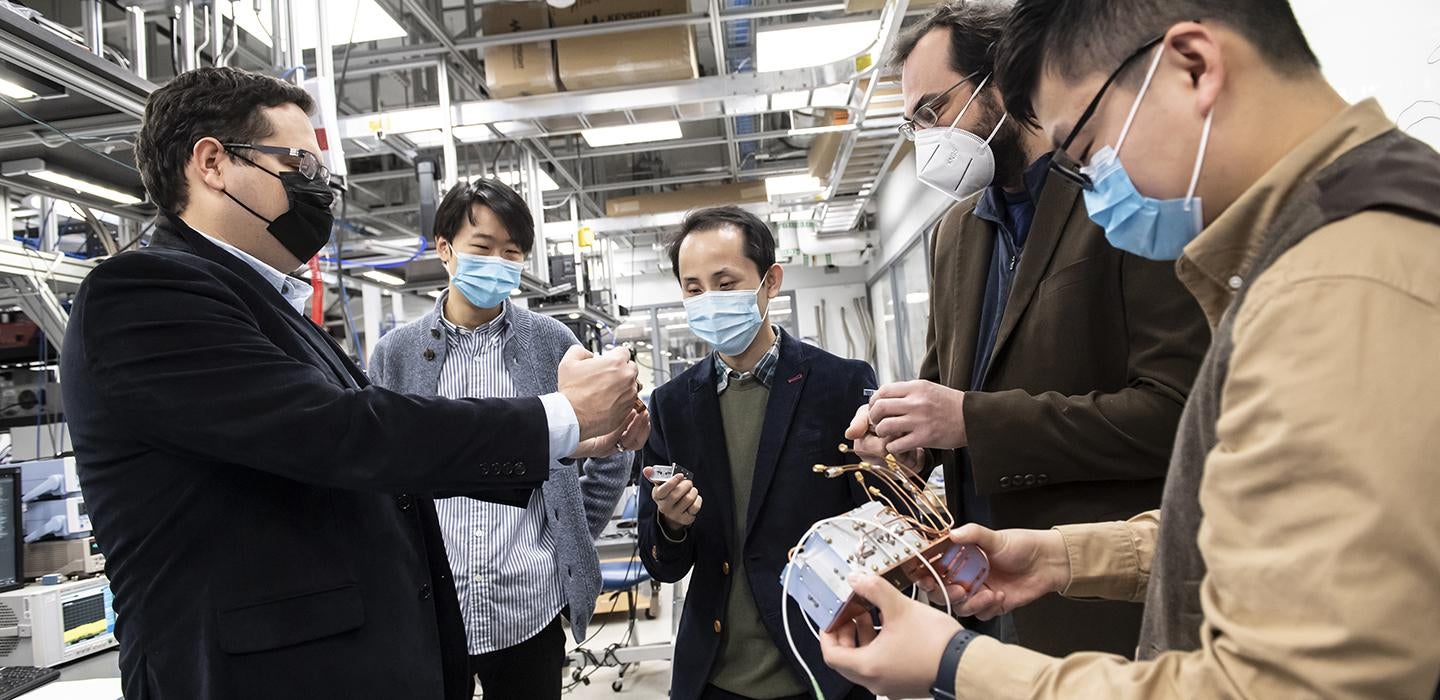
Western Pa. set to “level up” its quantum capabilities with an $11.6 million investment from Pitt
Funding will establish the Western Pennsylvania Quantum Information Core, a cross-disciplinary effort that will position Pitt and its partners at the forefront of the field.
A quantum leap in computational performance of quantum processors
A project led by a group of researchers from Israel’s Bar-Ilan University, in collaboration with TII – the Quantum Research Center in Abu Dhabi, United Arab Emirates, is advancing quantum computing by improving the performance of superconducting qubits, the basic computation units of a superconducting quantum processor. The improved qubit, called a tunable superconducting flux qubit, is a micron-sized superconducting loop where electrical current can flow clockwise or counterclockwise, or in a quantum superposition of both directions.
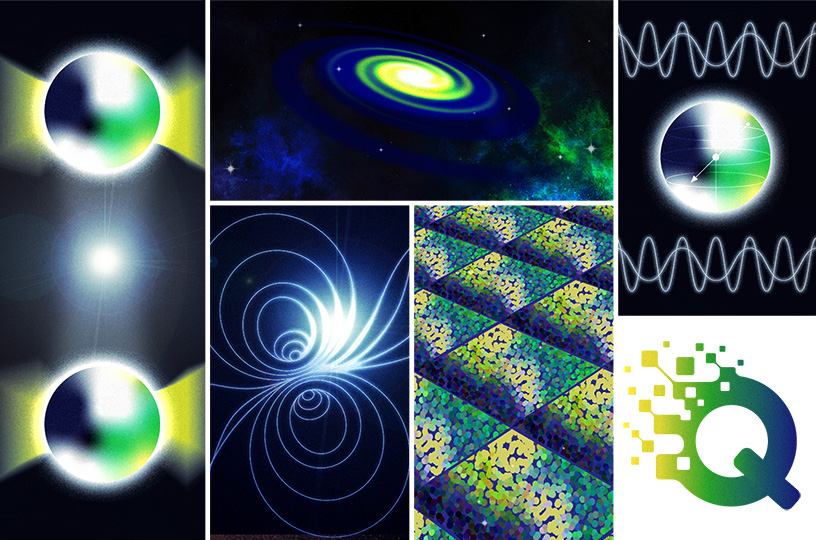
Five Ways QSA is Advancing Quantum Computing
The Quantum Systems Accelerator has issued an impact report that details progress made since the center launched in 2020. Highlights include a record-setting quantum sensor that could be used to hunt dark matter, a machine learning algorithm to correct qubit errors in real time, and the first observation of several exotic states of matter using a 256-atom quantum device.
Researchers take a step towards turning interactions that normally ruin quantum information into a way of protecting it
Rresearchers at Aalto University in Finland and IAS Tsinghua University in China report a new way to predict how quantum systems, such as groups of particles, behave when they are connected to the external environment. Usually, connecting a system such as a quantum computer to its environment creates decoherence and leaks, which ruin any information about what’s happening inside the system. Now, the researchers developed a technique which turns that problem into its a solution.
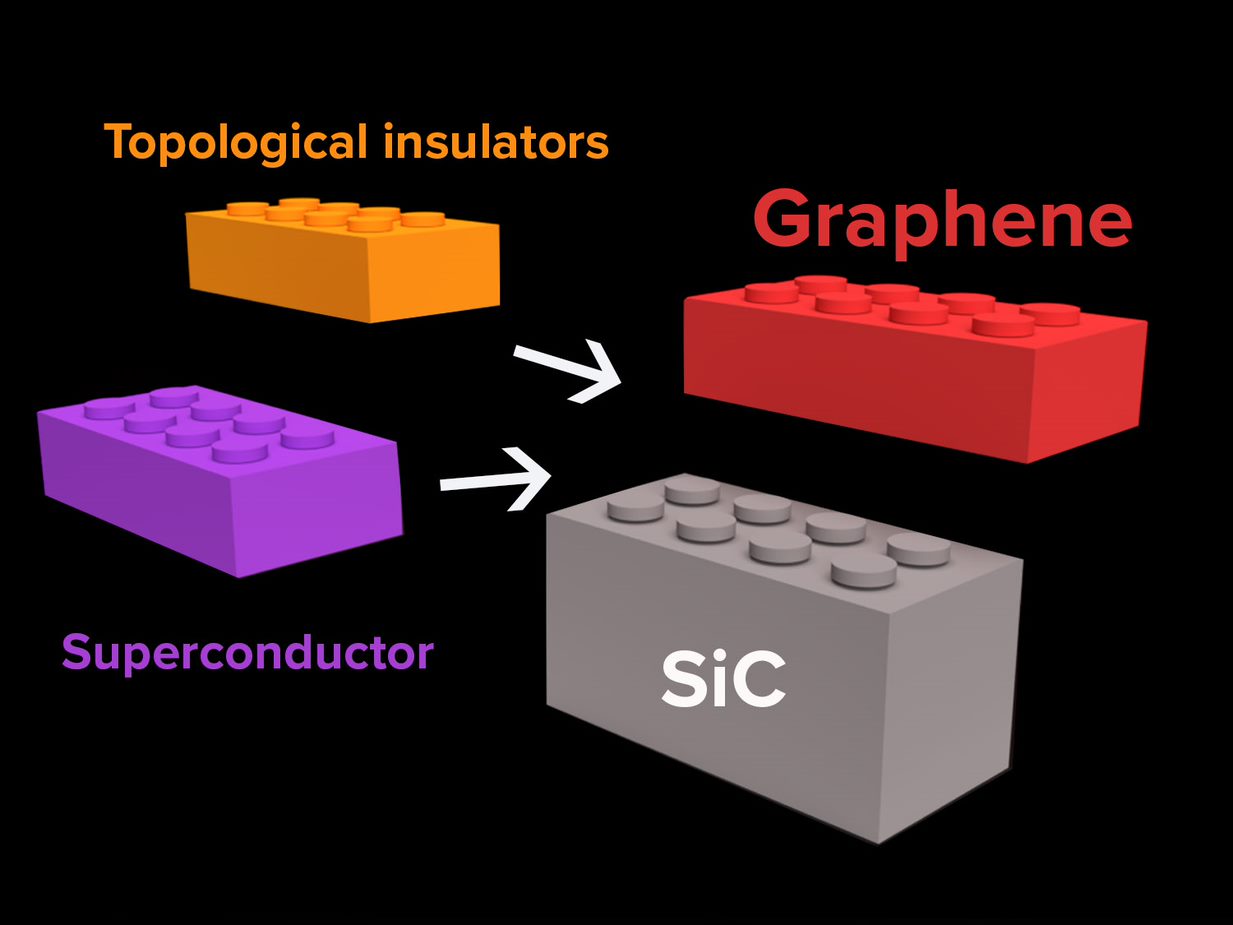
New material may offer key to solving quantum computing issue
A new form of heterostructure of layered two-dimensional (2D) materials may enable quantum computing to overcome key barriers to its widespread application, according to an international team of researchers.
Department of Energy Announces $9.1 Million for Research on Quantum Information Science and Nuclear Physics
Today, the U.S. Department of Energy (DOE) announced $9.1 million in funding for 13 projects in Quantum Information Science (QIS) with relevance to nuclear physics. Nuclear physics research seeks to discover, explore, and understand all forms of nuclear matter that can exist in the universe – from the subatomic structure of nucleons, to exploding stars, to the emergence of the quark-gluon plasma seconds after the Big Bang.
Quantum computers: Bar-Ilan University researchers develop superconducting flux qubits with unprecedented reproducibility
Dr. Michael Stern and co-workers from the Department of Physics and Quantum Entanglement Science and Technology (QUEST) Center at Bar-Ilan University in Israel are attempting to build superconducting processors based on a type of circuit called superconducting flux qubits. A flux qubit is a micron-sized superconducting loop where electrical current can flow clockwise or counter-clockwise, or in a quantum superposition of both directions. Contrary to transmon qubits, these flux qubits are highly non-linear objects and can thus be manipulated on very short time scales with high fidelity. The main drawback of flux qubits, however, is that they are particularly difficult to control and to fabricate. This leads to sizeable irreproducibility and has limited their use in the industry until now to quantum annealing optimization processes such as the ones realized by D-Wave.
Using a novel fabrication technique and state-of the-art equipment, a group led by Dr. Stern, in collaboration with Pr
New Form of Universal Quantum Computers
Quantum bits (qubits) in a quantum computer serve as a computing unit and memory at the same time. Because quantum information cannot be copied, it cannot be stored in a memory as in a classical computer.
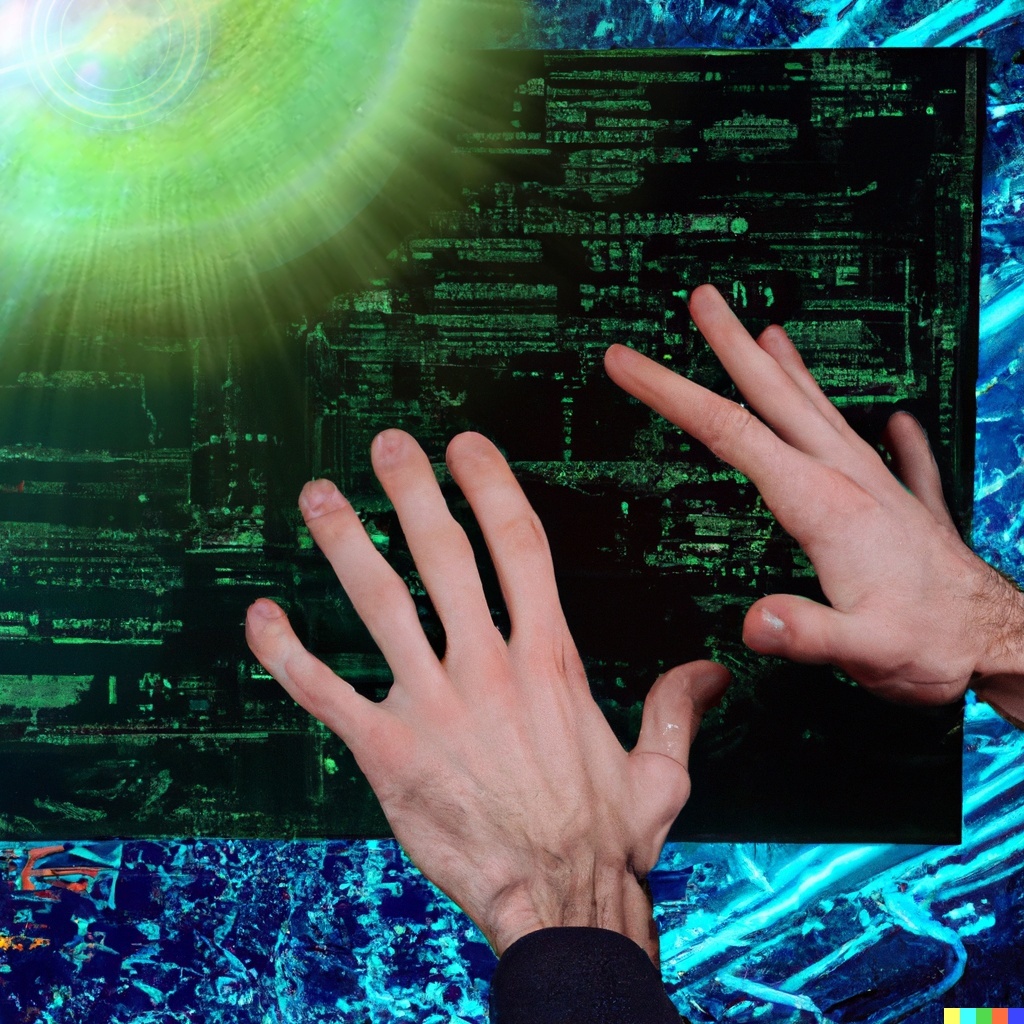
Study Supported by DOE to Investigate Quantum Computing Advantages
Advancing extreme-scale science is essential to the enhancement of many applications in computational science. Supartha Podder, PhD, of Stony Brook University, who studies quantum advantages in solving computational tasks, received a two-year DOE grant to study the power of quantum witnesses.
Quantum cryptography: Hacking futile
The Internet is teeming with highly sensitive information. Sophisticated encryption techniques generally ensure that such content cannot be intercepted and read.
UChicago scientists invent ‘quantum flute’ that can make particles of light move together
University of Chicago physicists have invented a “quantum flute” that, like the Pied Piper, can coerce particles of light to move together in a way that’s never been seen before.
An atomic-scale window into superconductivity paves the way for new quantum materials
Superconductors are materials with no electrical resistance whatsoever, commonly requiring extremely low temperatures. They are used in a wide range of domains, from medical applications to a central role in quantum computers. Superconductivity is caused by specially linked pairs of electrons known as Cooper pairs. So far, the occurrence of Cooper pairs has been measured indirectly macroscopically in bulk, but a new technique developed by researchers at Aalto University and Oak Ridge National Laboratories in the US can detect their occurrence with atomic precision.
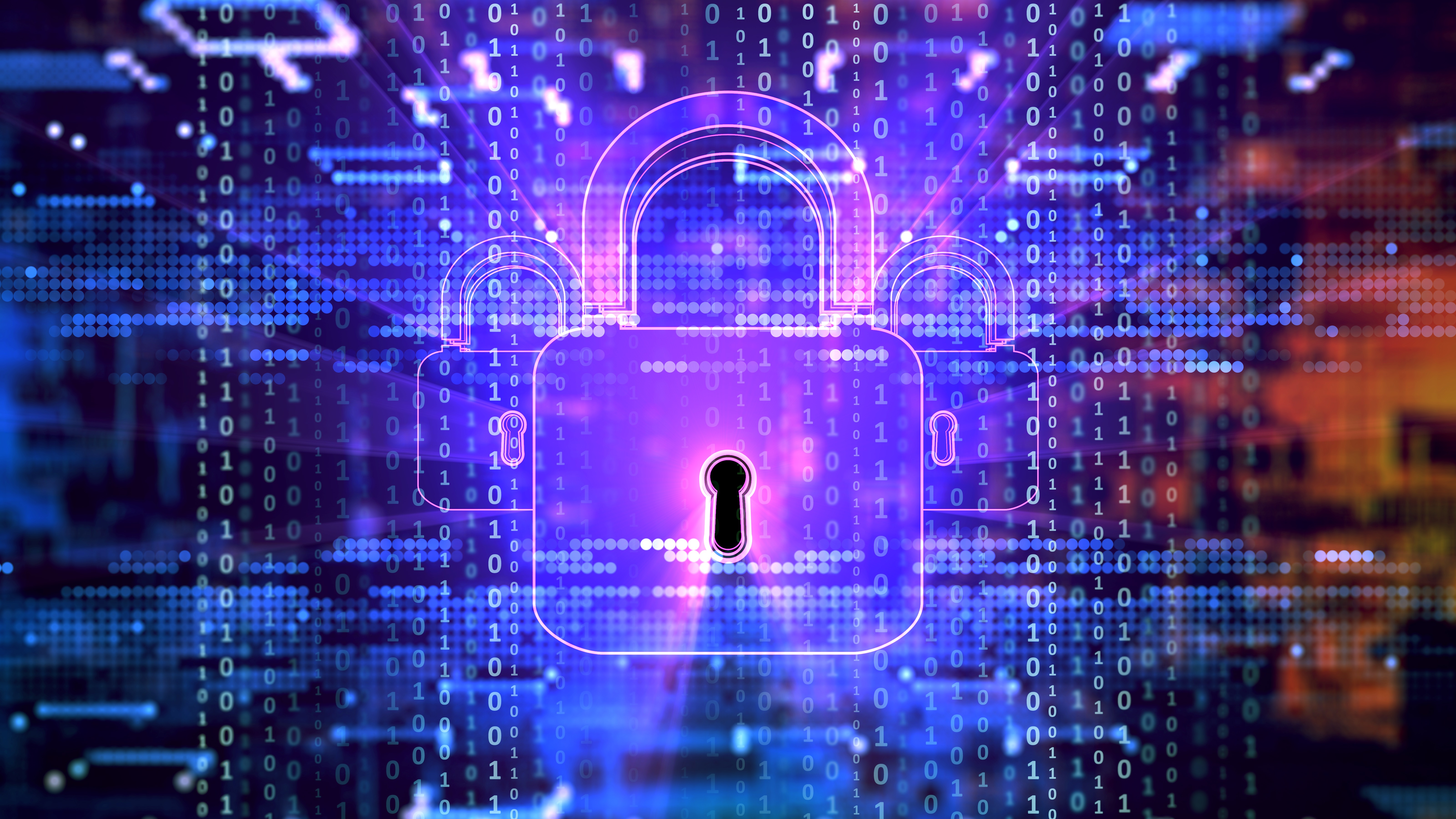
NSF Tags FAU Researcher for Post-quantum Cryptography in NextG Networks
FAU’s Reza Azarderakhsh, Ph.D., was among 34 investigators nationwide selected by the NSF for RINGS, which is short for Resilient and Intelligent Next-Generation Systems. His project is the only one working on taking post-quantum cryptography to next generation systems.
Mapping the Electronic States in an Exotic Superconductor
Scientists mapped the electronic states in an exotic superconductor. The maps point to the composition range necessary for topological superconductivity, a state that could enable more robust quantum computing.
Department of Energy to Provide $25 Million toward Development of a Quantum Internet
Today the U.S. Department of Energy (DOE) announced a plan to provide $25 million for basic research toward the development of a quantum internet.
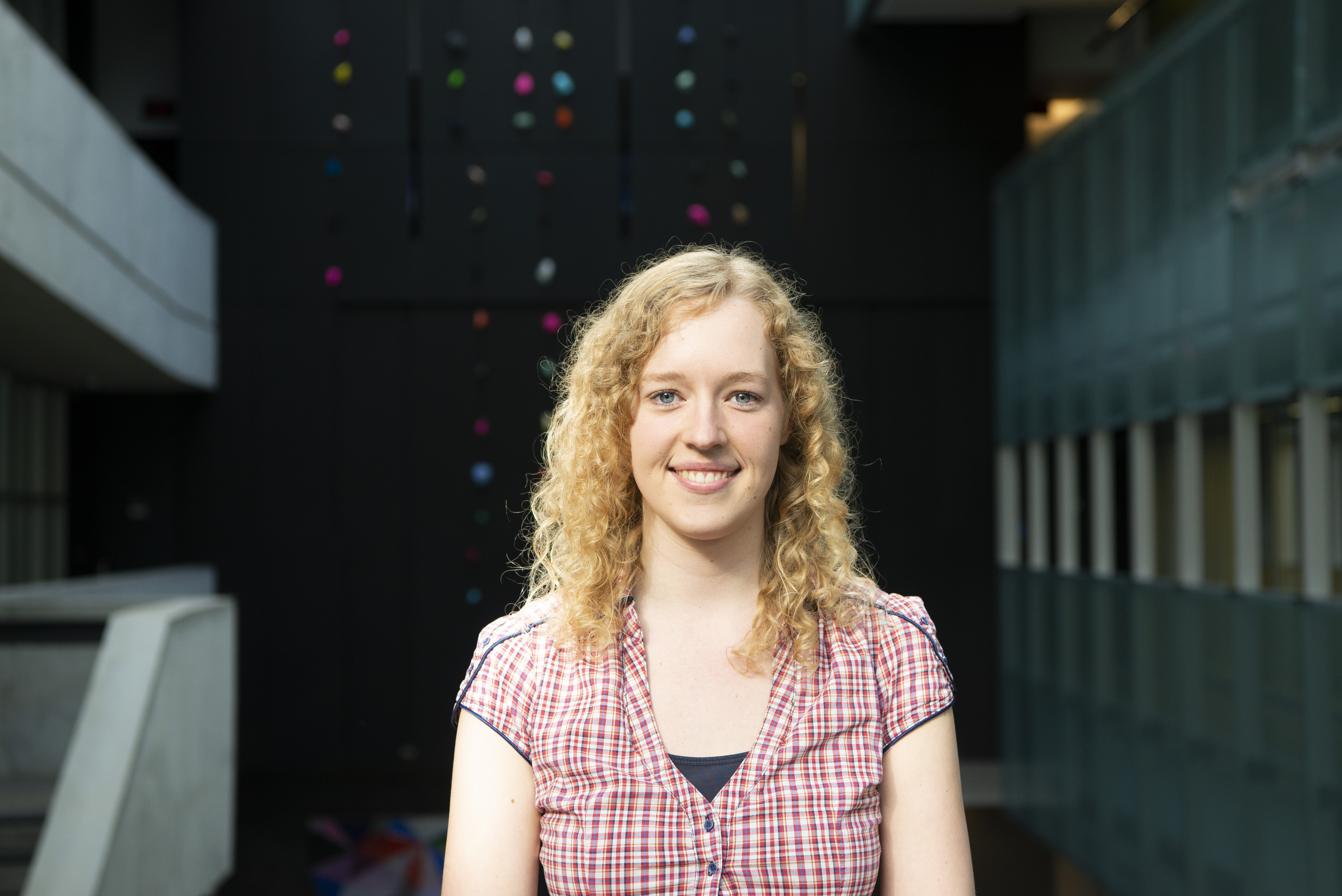
Lena Funcke Receives Leona Woods Lectureship Award
Lena Funcke, a theoretical physicist who conducts research at the intersection of fundamental particles, the cosmos, and quantum computing, has been named a recipient of the Leona Woods Distinguished Postdoctoral Lectureship Award by the Physics Department at the U.S. Department of Energy’s Brookhaven National Laboratory.
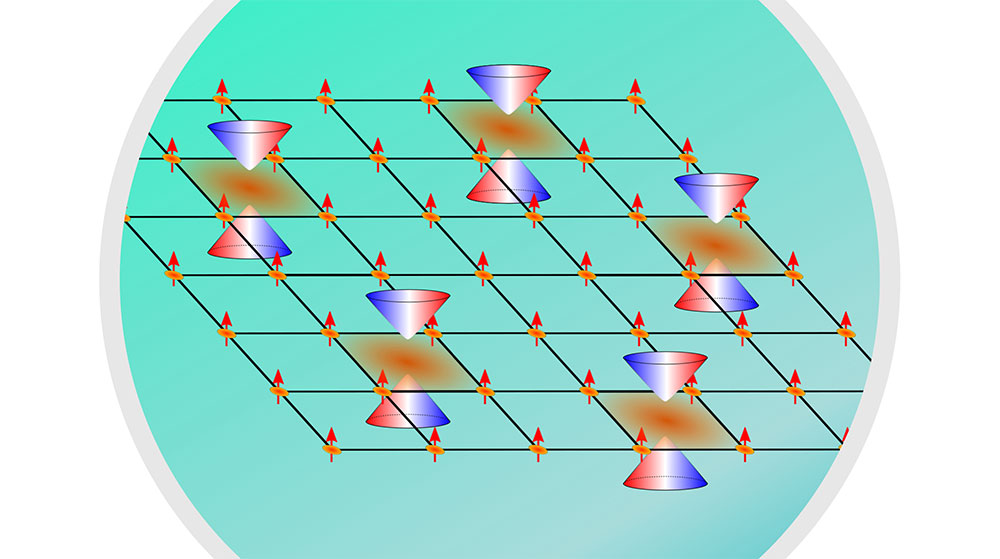
Magnetism Meets Topology on a Superconductor’s Surface
Scientists have found an energy band gap—an energy range where no electrons are allowed—opens at a point where two allowed energy bands intersect on the surface of an iron-based superconductor. This unusual electronic energy structure could be used for quantum information science and electronics.
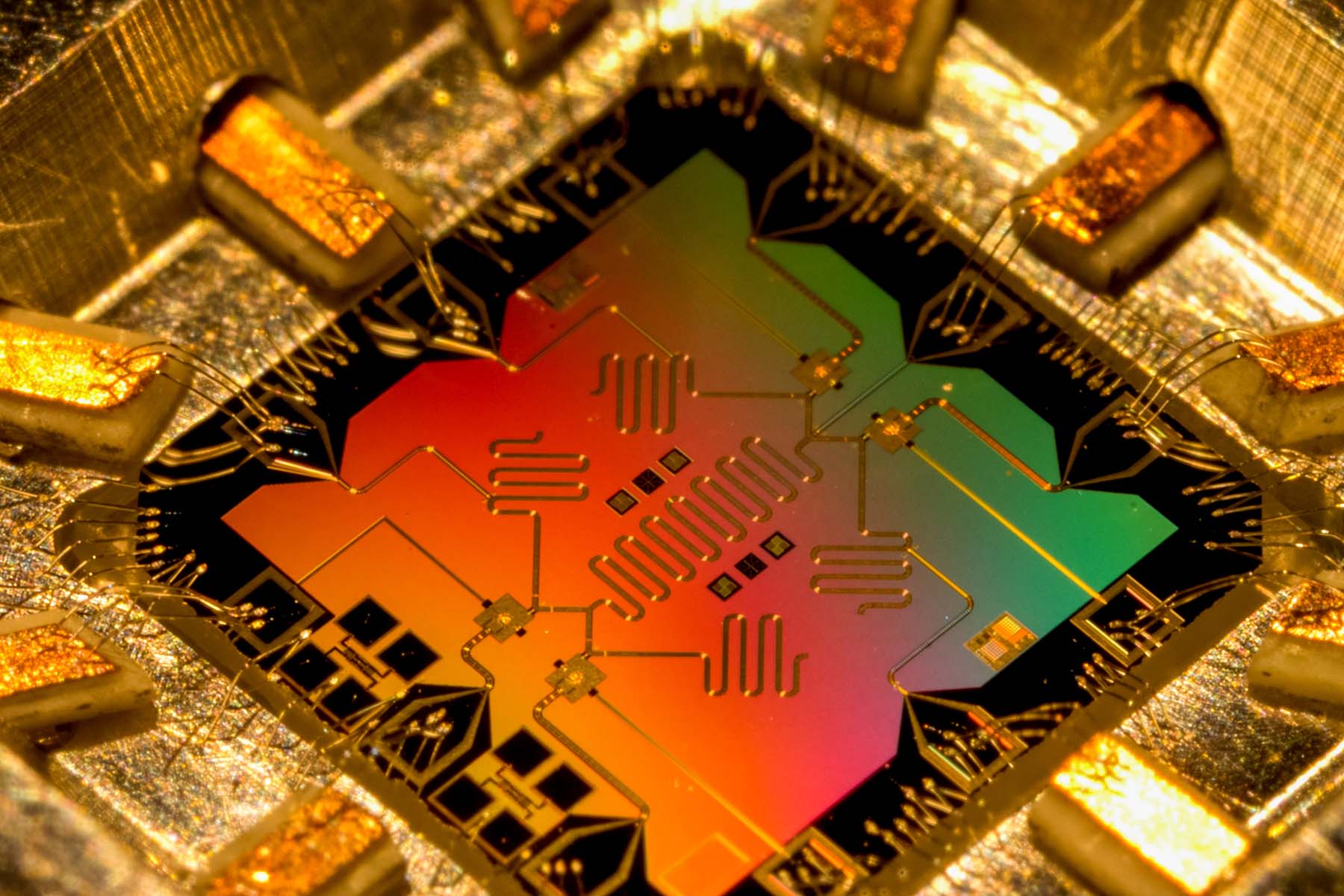
Machine learning blazes path to reliable near-term quantum computers
Using machine learning to develop algorithms that compensate for the crippling noise endemic on today’s quantum computers offers a way to maximize their power for reliably performing actual tasks, according to a new paper.
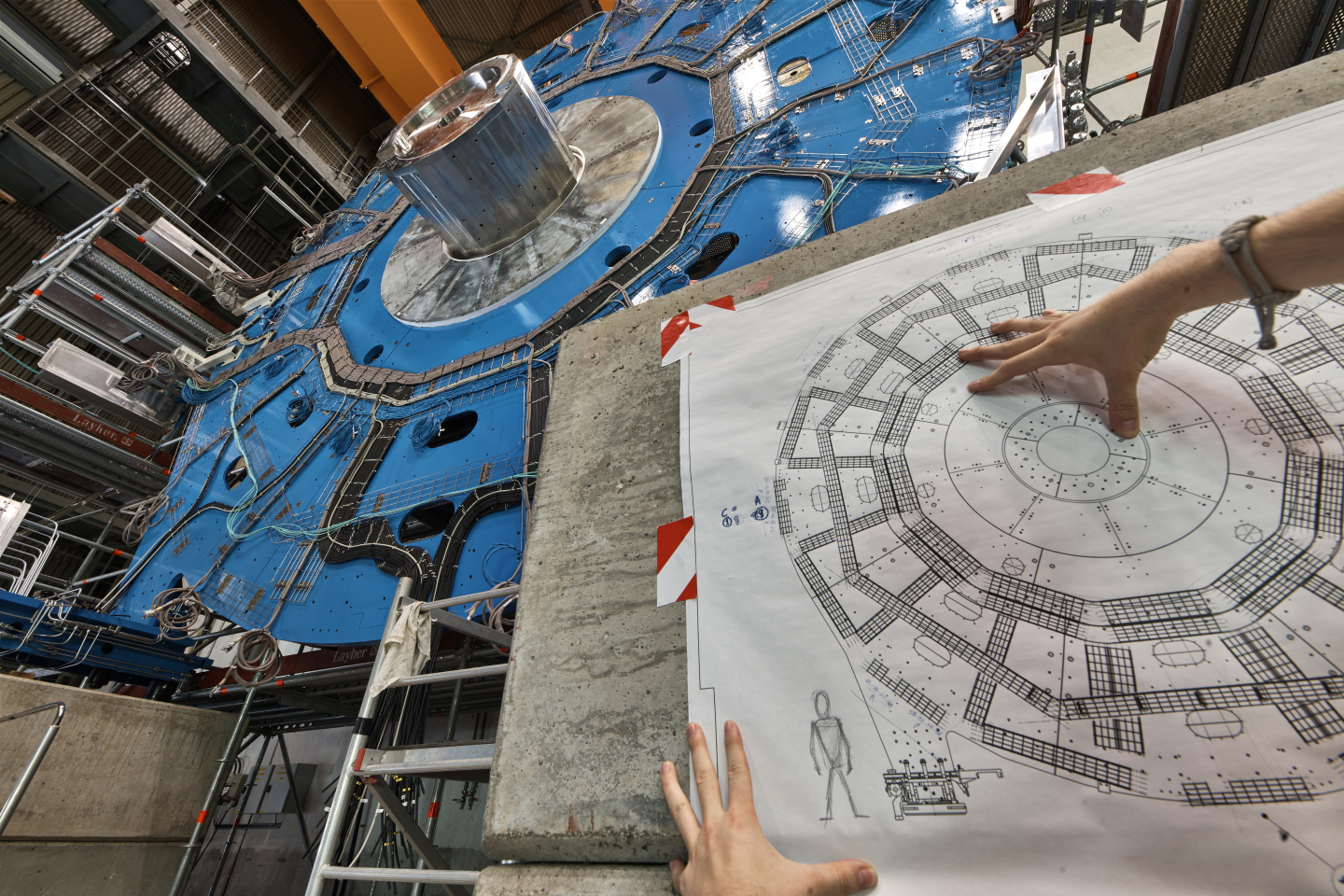
Know When to Unfold ’Em: Study Applies Error-Reducing Methods from Particle Physics to Quantum Computing
Borrowing a page from high-energy physics and astronomy textbooks, a team of physicists and computer scientists at Berkeley Lab has successfully adapted and applied a common error-reduction technique to the field of quantum computing.
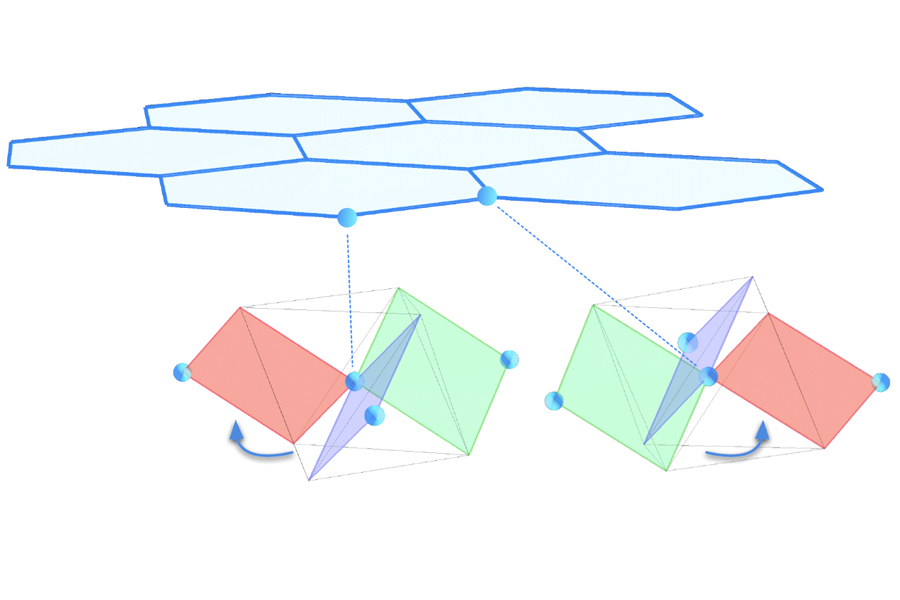
Scientists find evidence of exotic state of matter in candidate material for quantum computers
Using a novel technique, scientists working at the Florida State University-headquartered National High Magnetic Field Laboratory have found evidence for a quantum spin liquid, a state of matter that is promising as a building block for the quantum computers of tomorrow.
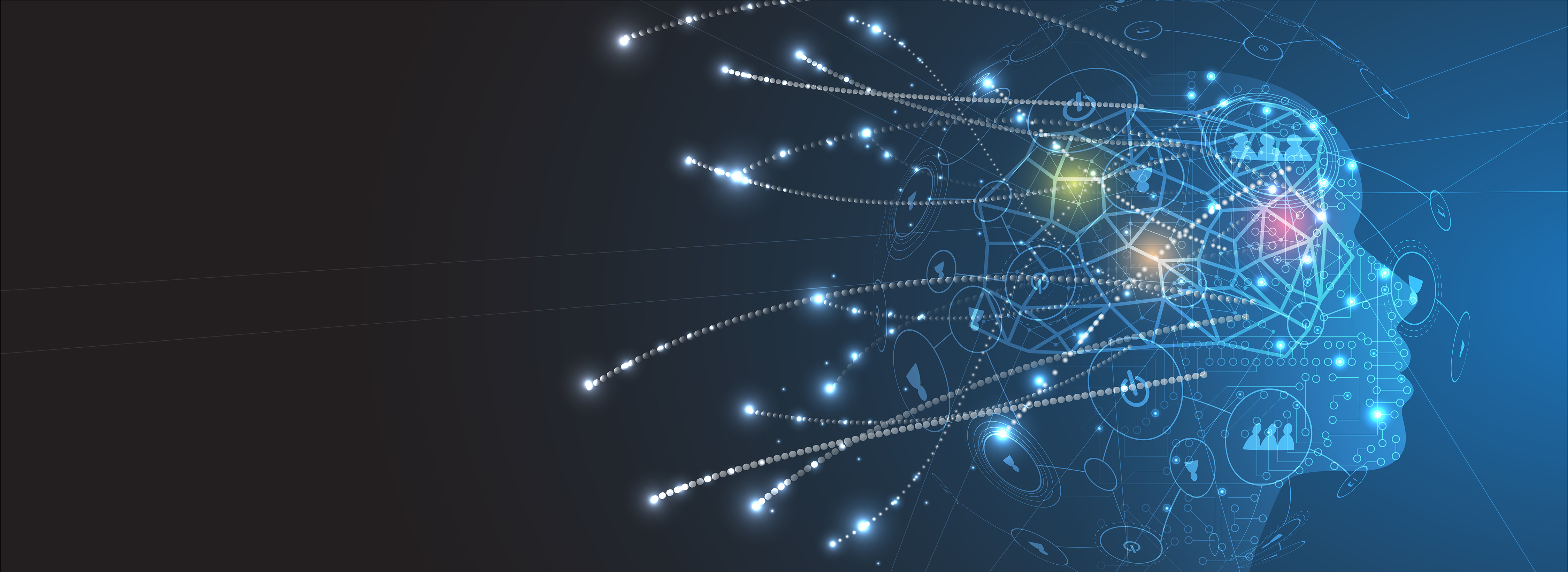
New algorithm could unleash the power of quantum computers
A new algorithm that fast forwards simulations could bring greater use ability to current and near-term quantum computers, opening the way for applications to run past strict time limits that hamper many quantum calculations.

Natural Radiation Can Interfere with Quantum Computers
Radiation from natural sources in the environment can limit the performance of superconducting quantum bits, known as qubits. The discovery, reported in the journal Nature, has implications for the construction and operation of quantum computers.
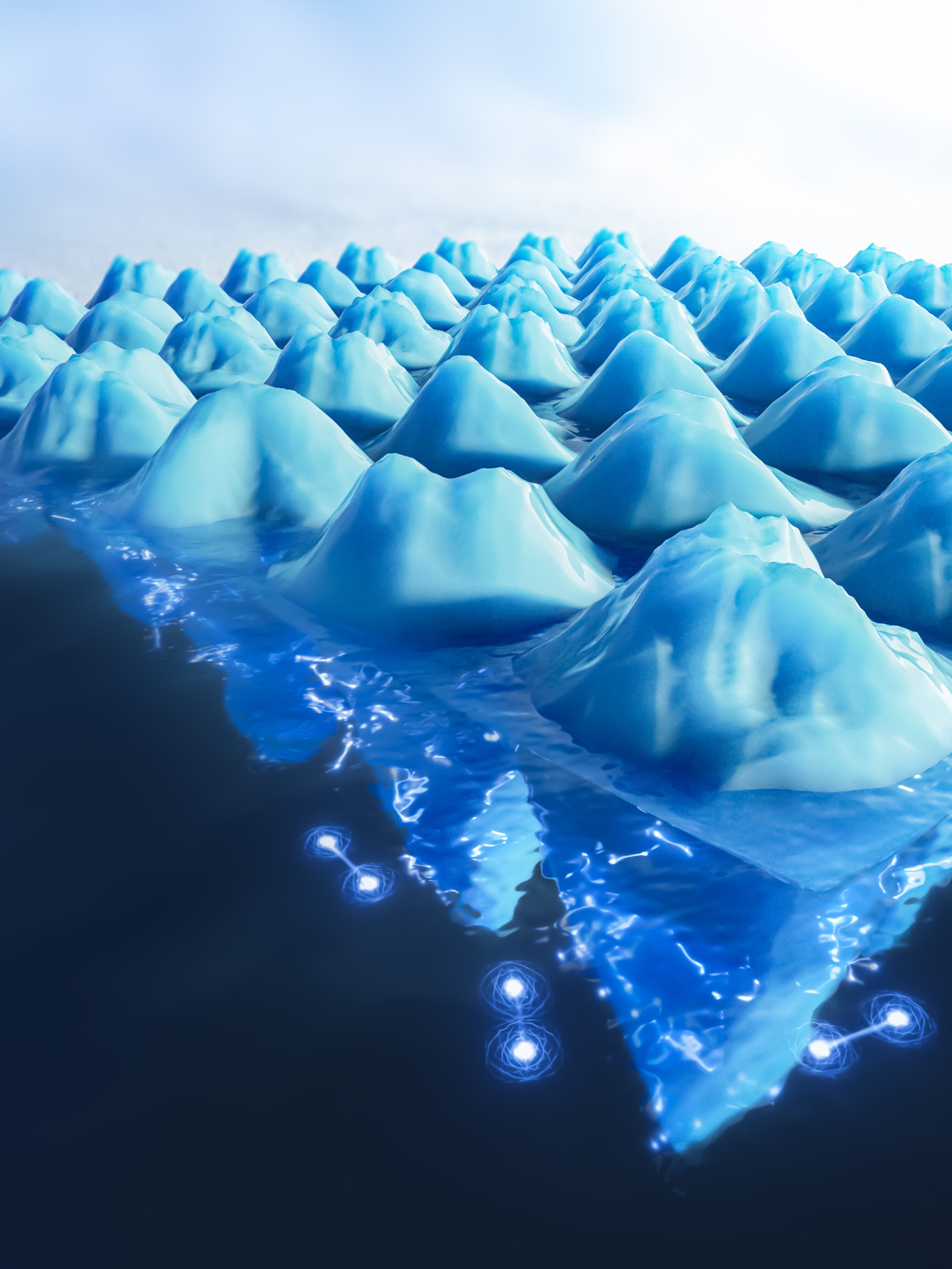
Quantum Materials Quest Could Benefit From Graphene That Buckles
Graphene, an extremely thin two-dimensional layer of the graphite used in pencils, buckles when cooled while attached to a flat surface, resulting in beautiful pucker patterns that could benefit the search for novel quantum materials and superconductors, according to Rutgers-led research in the journal Nature. Quantum materials host strongly interacting electrons with special properties, such as entangled trajectories, that could provide building blocks for super-fast quantum computers. They also can become superconductors that could slash energy consumption by making power transmission and electronic devices more efficient.
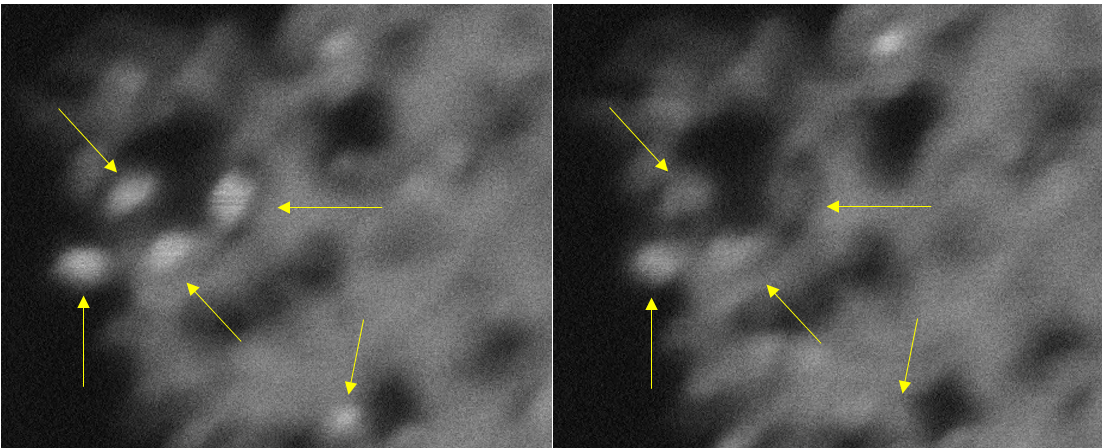
‘Blinking” Crystals May Convert CO2 into Fuels
Imagine tiny crystals that “blink” like fireflies and can convert carbon dioxide, a key cause of climate change, into fuels. A Rutgers-led team has created ultra-small titanium dioxide crystals that exhibit unusual “blinking” behavior and may help to produce methane and other fuels, according to a study in the journal Angewandte Chemie. The crystals, also known as nanoparticles, stay charged for a long time and could benefit efforts to develop quantum computers.
Rutgers’ Greg Moore Elected to National Academy of Sciences
Rutgers Professor Gregory W. Moore, a renowned physicist who seeks a unified understanding of the basic forces and fundamental particles in the universe, has been elected to the prestigious National Academy of Sciences. Moore, Board of Governors Professor in the Department of Physics and Astronomy at Rutgers University–New Brunswick, joins 119 other new academy members and 26 international members this year who were recognized for their distinguished and ongoing achievements in original research.

NSF CAREER Award Supports Framework for Photons as Quantum Transistors
Physicist Esther Wertz has been awarded a National Science Foundation Faculty Early Career Development Program (CAREER) award to investigate nanometer-scale metal structures that will control light at the quantum limit, one photon at a time. Her work will contribute to the creation of a single photon transistor.
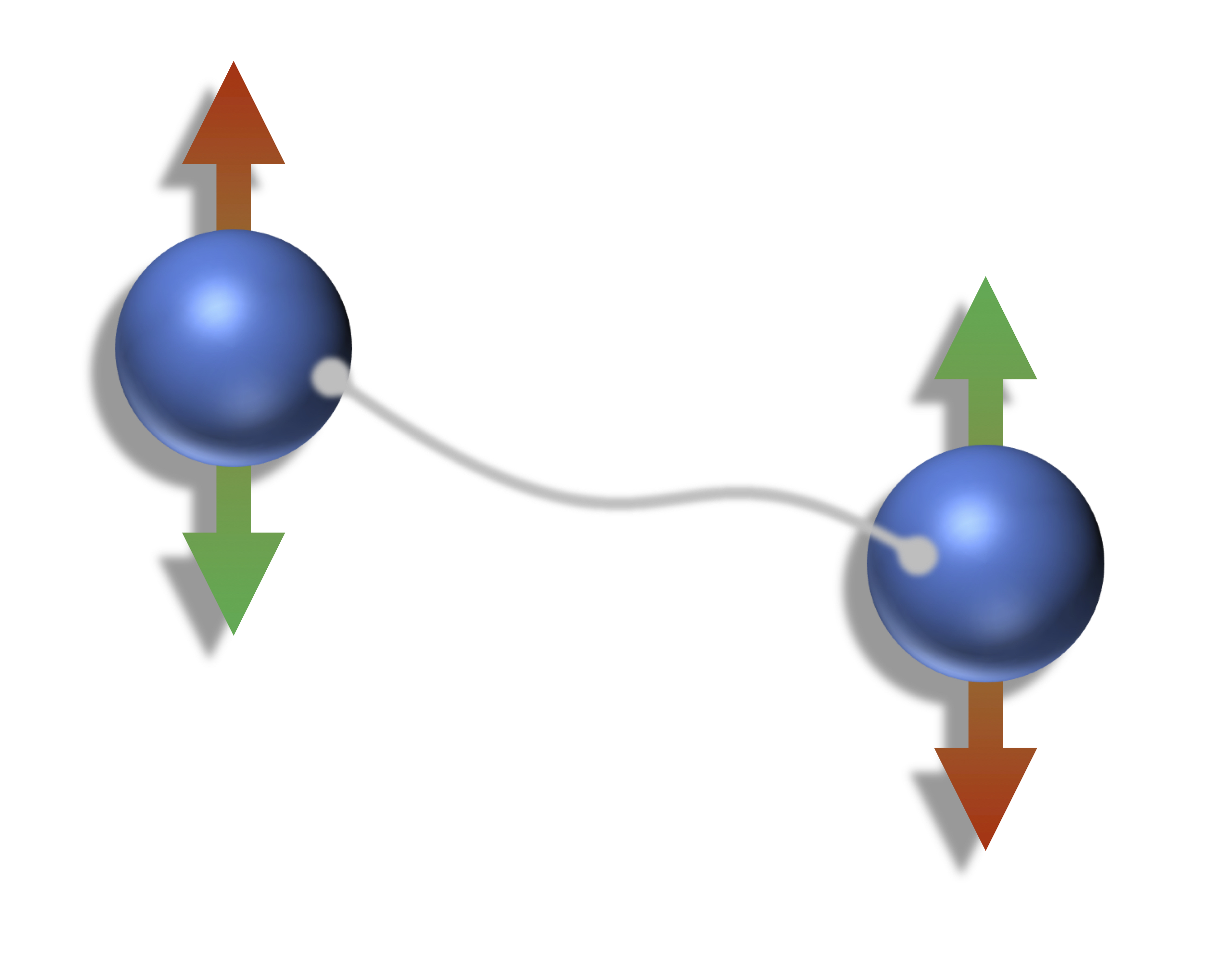
How a Magnet Could Help Boost Understanding of Superconductivity
Physicists have unraveled a mystery behind the strange behavior of electrons in a ferromagnet, a finding that could eventually help develop high temperature superconductivity. A Rutgers co-authored study of the unusual ferromagnetic material appears in the journal Nature.
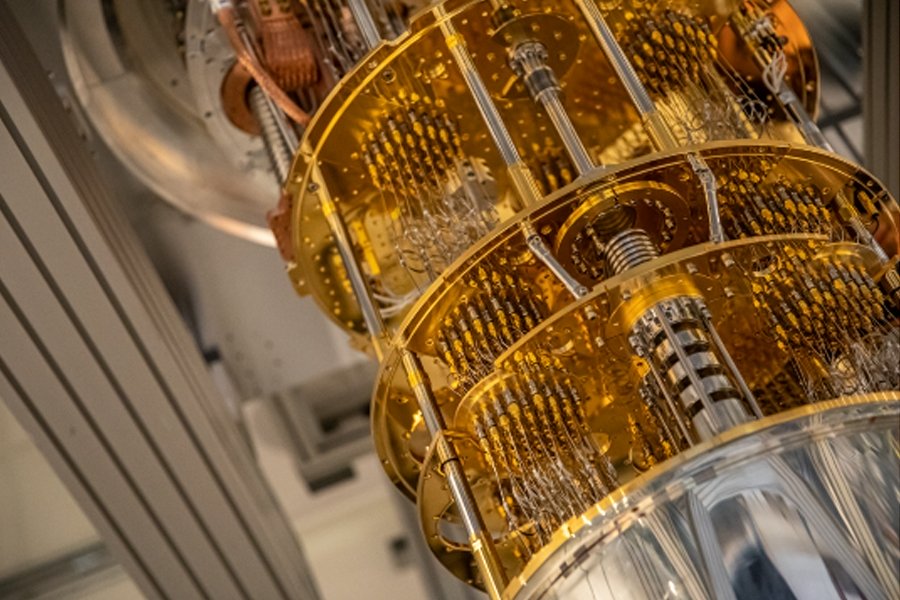
Creating the Heart of a Quantum Computer: Developing Qubits
To use quantum computers on a large scale, we need to improve the technology at their heart – qubits. Qubits are the quantum version of conventional computers’ most basic form of information, bits. The DOE’s Office of Science is supporting research into developing the ingredients and recipes to build these challenging qubits.
Theoretical Study Points to Jade-Like Materials as Quantum Spin Liquids
Materials that can host this exotic liquid-like magnetic state could be harnessed for next-generation energy and computing applications.
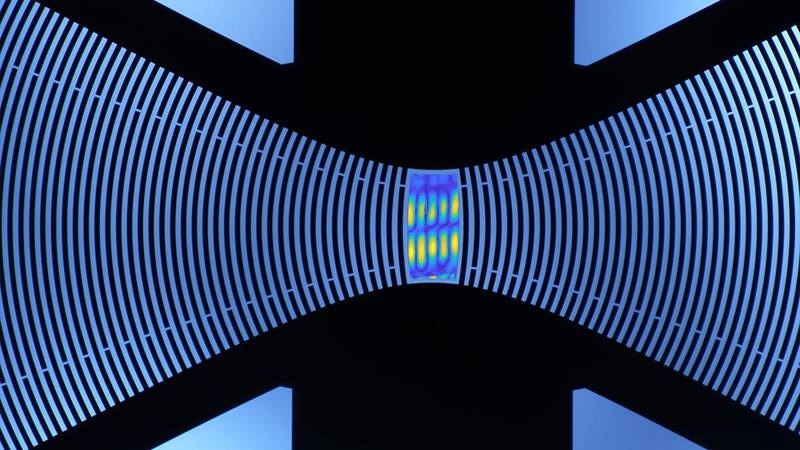
Soundwaves Carry Information Between Quantum Systems
Scientists built a system with curved electrodes to concentrate sound waves.